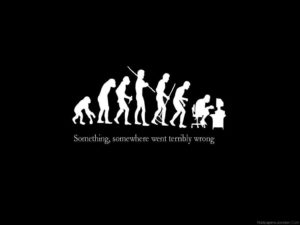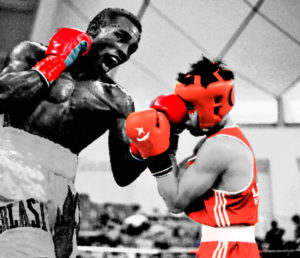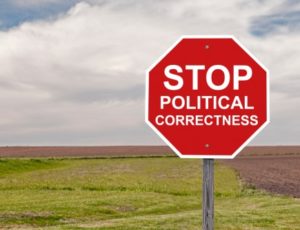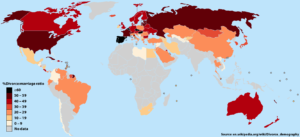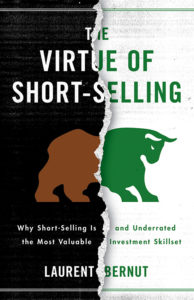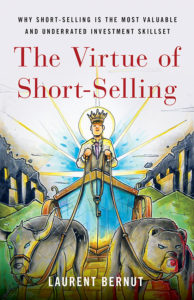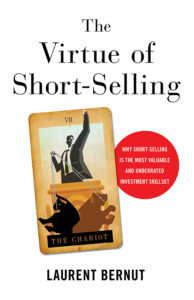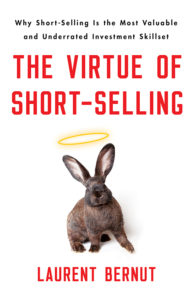When running multiple strategies, should position size be changed based on the drawdown of individual positions, systems or the system as a whole?
This question was originally posted on Quora. Something really cool dawned upon my drunken stupor lately and i modified a chapter in the book. By group of systems, let’s assume you refer to strategies.
One-size-fits-all position size algo is a form of laziness
Most people have a one-size-fits-all position sizing algorithm across all their strategies for the long and short side, through drawdown and run-ups. That is as efficient driving the same car in the same gear uphill, downhill, downtown or on the highway.
Two possible explanations for that:
- hmm, never really thought of that
- you gotta soldier on through the skinny days to reap the fat days.
Money is made in the money management module
How you bet determines how much you make. Over a small data sample, stock picking might make a difference. Over a complete cycle where style goes in and out of favor, position sizing is the main driver of performance.
Now, let’s reframe the question: Should position sizing depend on the equity curve, the strategy, the side (Long/short) and/or the individual security traded?The answer is all of the above.
The position size that you are about to take should reflect:
- how well you are doing at the moment in general: The idea is to take more risk in run-ups and less during drawdowns
- the strategy you are about to trade: Different strategies warrant different position sizing algos or at least different values for the variables. Example: high win rate mean reversion and low win rate trend following etc
- the side you are trading on: long or short, they have different win rates and expected pay-offs
- the instrument: let’s say you got 3 false positives in a row, you might want to take less risk. This is an individual penalty ledger. Conversely, if you ladder in or scale up, you might want to depreciate risk for any additional position
Putting everything together
This gives a pyramid like this
Now, the first layer is the risk adjusted account balance. I will not go into details on how you calculate this, but in practice either your equity curve or your account balance would do.
Drawdown module
Then, You want to stick a drawdown module, that would reduce the capital allocated based on your current balance versus the peak. Simply said, if You are in a -5% drawdown, you might want to allocate only 50% of the capital you would normally allocate. This drawdown module has a shape like this:
For reference, the black line is what Millennium Partners does to managers: they reduce the book by half after a -5% loss. The green line is a conventional arithmetic proportional reduction. The red is my own take on this concept. Formula is proprietary
Strategy and side stats:
This means you need to keep a record of the stats for each position sizing algo you use for each strategy on each side. This is still at the portfolio level. Example: let’s say currently trend following has 40% win rate on the long side and 20% on the short side. Mean reversion has 60% Long and 30% short etc.
This tells you which strategy works on which side etc.
Now, let’s move down to the individual instrument level
Penalty ledger and game theory
Now, this is where things get really interesting. Some market participants like to use game theory for stock selection. I believe game theory is better suited for position sizing.
The difference is: using game theory for entries is a binary choice: either in or not in. There is no learning there because you do not keep stats on the choices you did not make. Unless you are a creepy stalker, you do not keep tabs on the women you did not marry…
At the security level, you have stats over how well each position has performed. Reward those that did well and punish those that did not is a simple elegant heuristic. This is where game theory really works well. The algo we use is a child playground game, worked for centuries. It has consistently defeated sophisticated game theory algos in iterative contests. You want to know which algo it is, go pick up your kids a bit earlier today.
Pyramid depreciation
Adding tranches to an existing position is called scaling in/laddering/pyramiding. This is a staple for trend followers. Now, trends are born, grow, mature and eventually die, a bit like believers in the Efficient Market Hypothesis. So, you need to depreciate risk as you add new tranches. A simple way to do this is:
depreciation rate = 1/(1+n), with n=0 before you enter your first position
Now, multiplication has this wonderful property called transitivity, that allows us to blend everything together in a condensed formula that looks like this:
Size = Capital * drawdown module * penalty ledger * depreciation * f(strategy stats, side stats)
Trade rejection, asset allocation, and regime change
And the best for last. Once you grind your variables through the above formula, out comes a position size. then, you want to have a trade rejection hurdle. Below x% or x(MV) position size, trade is rejected.
What it says is simple. One of the ingredients in your basket is rotten:
It could be either: 1) you are in a drawdown, 2) the strategy that is out of favour now, 3) the side is not working, 4) the instrument itself has a frustratingly low win rate, 5) You have already reloaded a few times. Whatever the reason, this is not a fat pitch, so you want to keep your powder dry.
This has implications on asset allocation and regime change. Let’s say you run a multi-strat book. Your amount of capital is finite. So every position has to compete for cash.
By systematically weeding out the ones with low score, you end up privileging the strategy that works the best under the current regime. This means you would take a lot of mean reversion trades in a sideways market, while the trending algo would suck air. Then, as Ms. market feels like trending, your trending positions would lift the overall trending strategy stats and get a better allocation. Now let’s say the trend would be down, your long trending stats would deteriorate and the algo would be naturally more selective.
Conclusion
Position sizing is a vastly under-appreciated topic, despite being the primary driver of long-term returns: it is not what you pick that makes the difference, it is how big you size them. Position sizing can achieve much more than just delivering returns.
Some of the thorniest issues for multi-strat managers are asset allocation and regime change. Well, your position sizing algo can do the heavy lifting for you to allocate between strategies and navigate regime change.
For more on the topic of position sizing, check this blogpost on Quora: Simplified-Convex-Position-Sizing-Something-Your-brain-can-trade-Part-II

